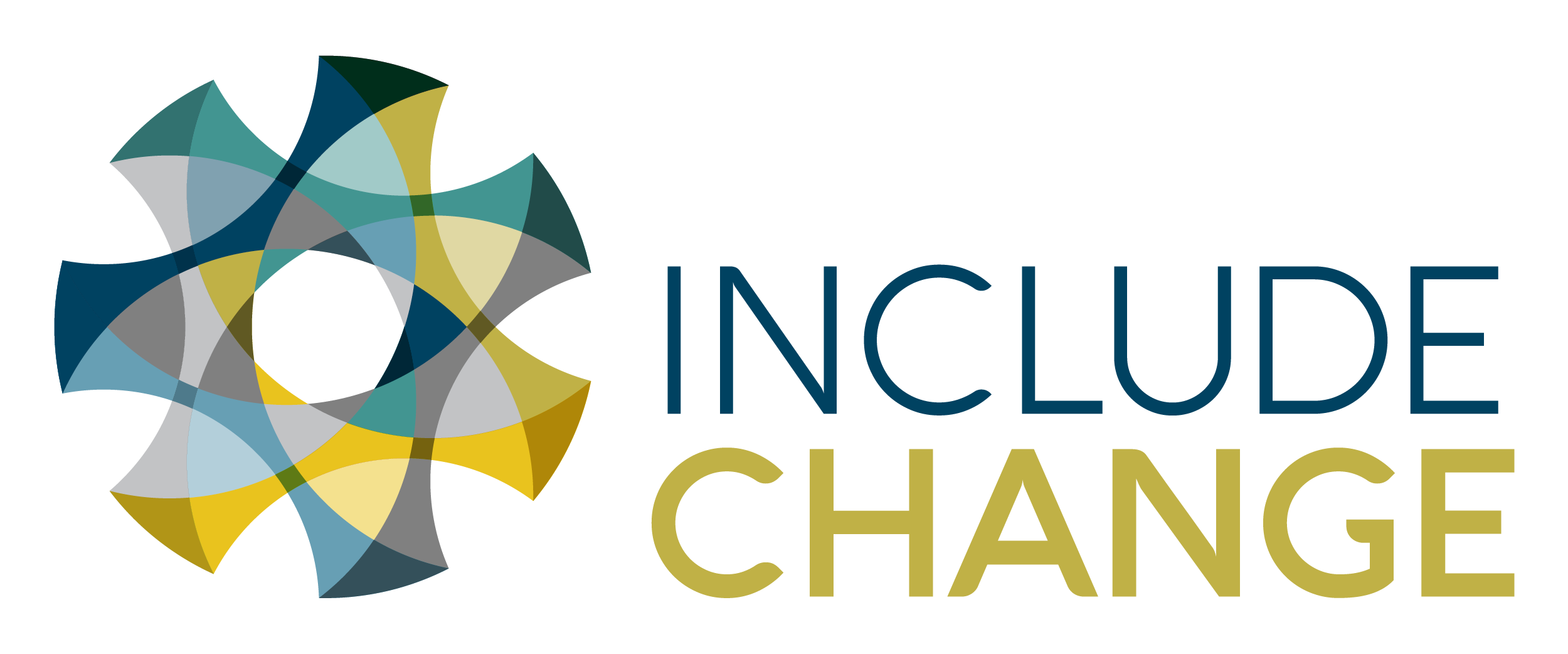
03 May Are you Change-Fit? The difference between being change-fit and being ready for change
Not knowing the difference can mean success or failure for a leader in the Age of Change.
When you are change-ready, you would be prepared for a particular or singular change event. If and when another and dissimilar change event occurs, you would however not necessarily be ready for that one. You have to yet again prepare for this new change event, before you can successfully embark on it.
To be change-fit on the other hand, means you and everyone in your organisation are always ready and equipped to embrace changes, whether these change events are opportunities or challenges. Being change-fit means you are able and equipped to take this new world, marked with hyper-change, in your stride. Being change-fit goes well beyond being change-ready. We live in a VUCA world—a world where the Volatility, Uncertainty, Complexity and Ambiguity of life and work around us are changing at a rapid pace.
Being change-fit means that you and your organisation are comfortable with the natural concept of change— in any of its shapes, forms, complexities, velocity and intensities—in the context that you find yourself in. This may sound a bit like a ‘mission impossible scenario.’ Yes, it may not be possible to handle every single change event that may come your way with perfect execution. However, being fit for change means that you and your organisation are always capable and equipped to pro-actively anticipate and act on change events that might occur in your context, well ahead of time. This applies to positive opportunities and adverse challenges that may lie ahead. It means you and your organisation become the lead architects of change, leading novel opportunities and running ahead of impending change.
A metaphor I like to use to explain the difference between being change-fit and being change-ready is the difference between the ‘readiness’ of world-class athletes and the ‘fitness’ of special forces. The world-class athletes in say, mountaineering or long-distance marathon running, are well prepared and ready for their very specific types of events. The Navy SEALS or special forces on the other hand, are fit and equipped for a large variety of extreme physical endeavours. They can do what they need to do at very short notice and are equipped to do so in many different contexts and locations. They have the physical fitness, stamina, back-up support, equipment and resources to do whatever they need to do, in a diversity of contexts. In the Age of Change, being change-fit is about being fit for change in a similar way the SEALS are fit for many different kinds of physical challenges. Olympic athletes on the other hand train to be fit and to ‘peak’ at a particular event, but they may not be able to even compete in something that does not fit their particular athletic specialty.
For the Age of Change we need leaders and organisations that can operate like those Special Forces, in a change-fit manner, beyond being change-ready for specific events. Change-fitness will ensure survival and success in the new world of hyper-change. In future, simply being change-ready for particular initiatives will increasingly yield limited success. The contexts surrounding our organisations change at such an incredible pace that it requires leaders and organisations that are change-fit.
The journey towards becoming change-fit for the new VUCA world requires that leaders understand the two natural life cycles of change—and how they interact with each other. In my previous blog about why we see so many change initiatives that fail, I have explained the two lifecycles in some detail. In summary: The first life cycle of change is a novel concept we call the ‘Pre-Life-Cycle’ and the second cycle is the well-known normal life cycle. The second life cycle is a function of every individual initiative and it shows the viability of specific change initiatives over time. Both cycles occur naturally.
The ‘Pre-Life-Cycle’ is the crucible and birthplace of all new individual change initiatives. The existence of the ‘Pre-Life-Cycle’ has been either unknown or has been grossly ignored by leadership and management practitioners. The PreLifeCycle has five stages namely, Enable, Align, Anticipate, Incubate and Deliver. The PreLifeCycle never stops—it is a continual process, or ecosystem, in any organisation that wants to become fit for the Age of Change.
IncludeChange has designed a novel leadership framework based on the PreLifeCycle and dedicated to lead change more successfully. By adapting our leadership framework in your organisation you can create a change-fit entity. Change initiatives will not be experienced as singular disruptive events anymore. Your organisation will not be in a constant state of reacting to change and playing catch-up. Your people will regard change initiatives as natural and predictable occurrences, like routine operational activities. Once you have successfully adapted the new behaviours in the leadership framework you can expect your people to push your organisation to make proactive changes when they believe progress or growth is necessary in some areas. When you have created such an organisation—one that is continually driven to be proactive, that is impatient with the status quo, and is equipped to deliver change initiatives routinely, you have successfully created a change-fit organisation. In a state of change-fitness, your organisation will always be ready for the next initiative—whether it is seen or unforeseen. Embedding the change-oriented principles of the framework, process and culture into your organisation in an inclusive manner, will position your organisation to be steps ahead of impending change. Your organisation would become a leader of change; a disruptive change-maker in its own context, instead of continuously being disrupted by change.
IncludeChange developed a novel and integrated leadership framework that will help you to lead in the Age of Change. The leadership framework comprises of the five stages of the PreLifeCycle of change. The IncludeChange leadership framework also provides comprehensive leadership methodologies and detail actions to lead trusting relationships in inclusive ways and shows you how to lead and govern your organisation to execute its mutual purpose at extraordinary heights of performance.




No Comments